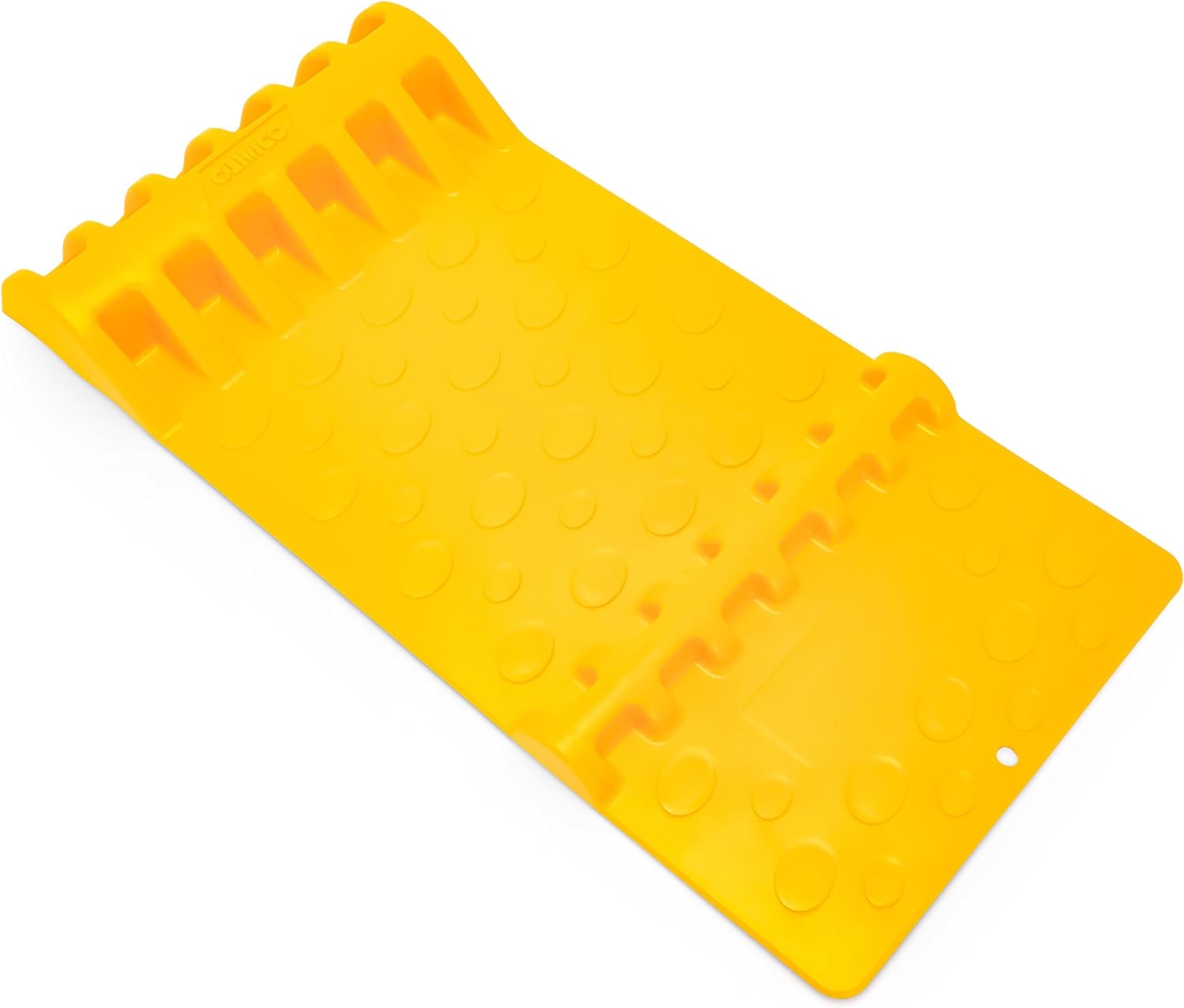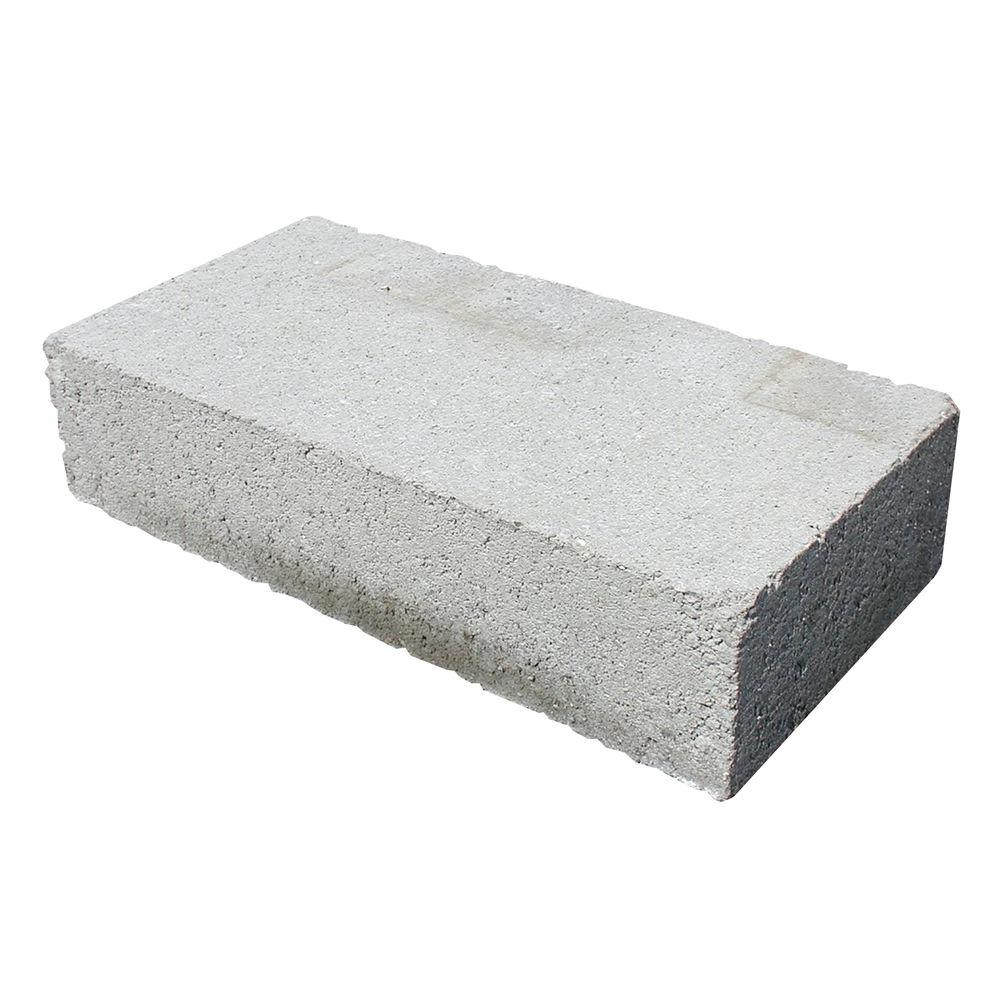TromboneAl
Give me a museum and I'll fill it. (Picasso) Give me a forum ...
- Joined
- Jun 30, 2006
- Messages
- 12,880
I got one of these for guiding the parking process:

But despite cleaning and scratching the floor, the thing came loose after a few parking tryouts.
Any suggestions for how to stick it to the floor?

But despite cleaning and scratching the floor, the thing came loose after a few parking tryouts.
Any suggestions for how to stick it to the floor?



